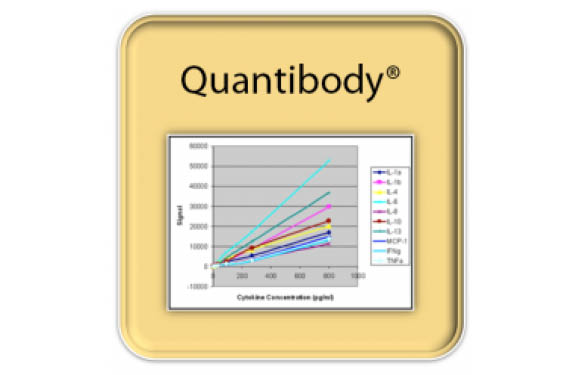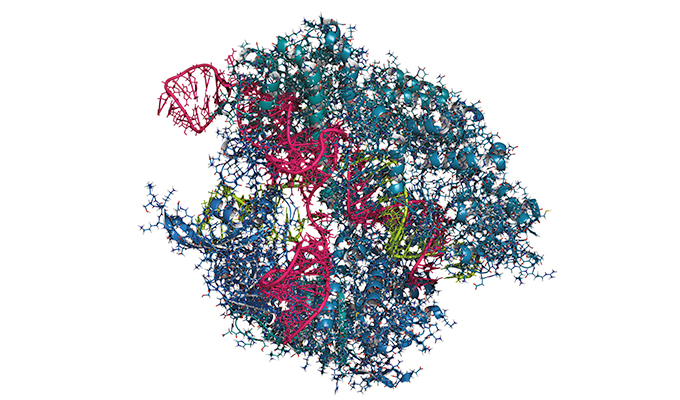Periodontitis, also generally called gum disease or periodontal disease, begins with bacterial growth in the mouth and may end, if not properly treated, with tooth loss due to destruction of the tissue that surrounds your teeth. It’s not only an issue of aesthetics, it’s also an issue of health, as it might affect nutrient intake and digestion, affecting quality of life.
To make it simple, depending on the seriousness of the disease, we talk about either gingivitis (gum inflammation), that usually precedes periodontitis (gum disease). Not all gingivitis progresses to periodontitis.
At the gingivitis stage, no irreversible bone or other tissue damage has occurred. When gingivitis is left untreated, it evolves into periodontitis, which is the leading cause of tooth loss in adults.
Causes of periodontitis are, of course, plaque. But also, hormonal changes, illnesses, medications, bad habits, poor oral hygiene habits and family history of dental diseases, among others.
New Human Periodontal Disease Array

In order to evaluate progression and seriousness of gum disease, a new array is available, including 20 different biomarkers for this disease (see table). Use of arrays to evaluate different markers simultaneously in a variety of samples (serum, plasma, saliva, etc) is a powerful tool that allows to monitor the onset and progression of a high number of diseases.
Working on periodontitis or other gum diseases? Or on other diseases and interested in knowing the biomarkers associated to them? Leave your comments or questions below!




One Response
please advice me about new biomarkers in periodontics to carry out a study